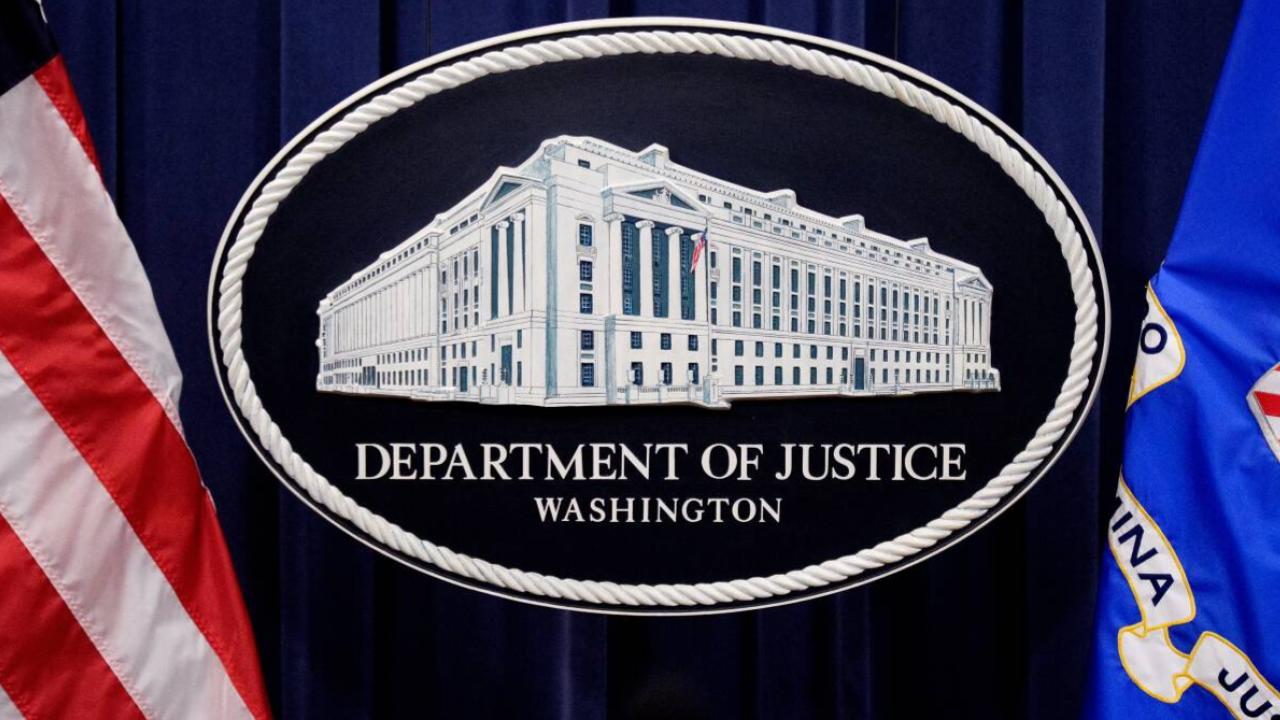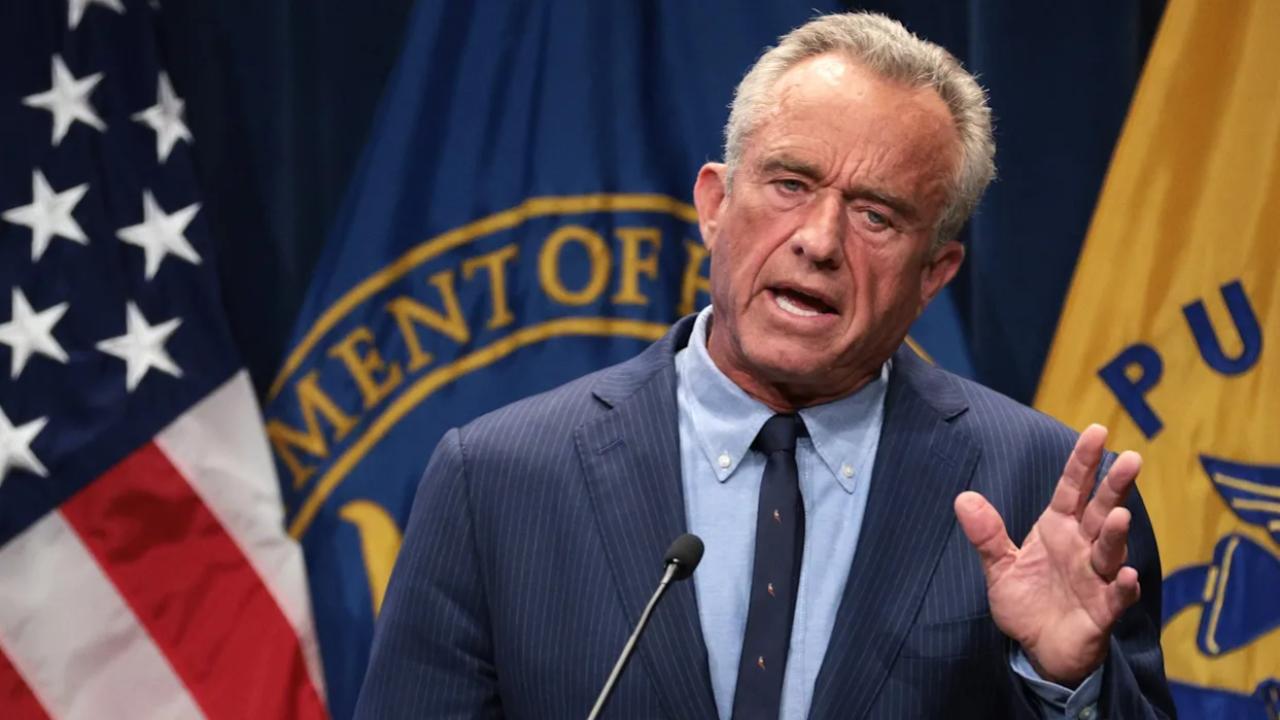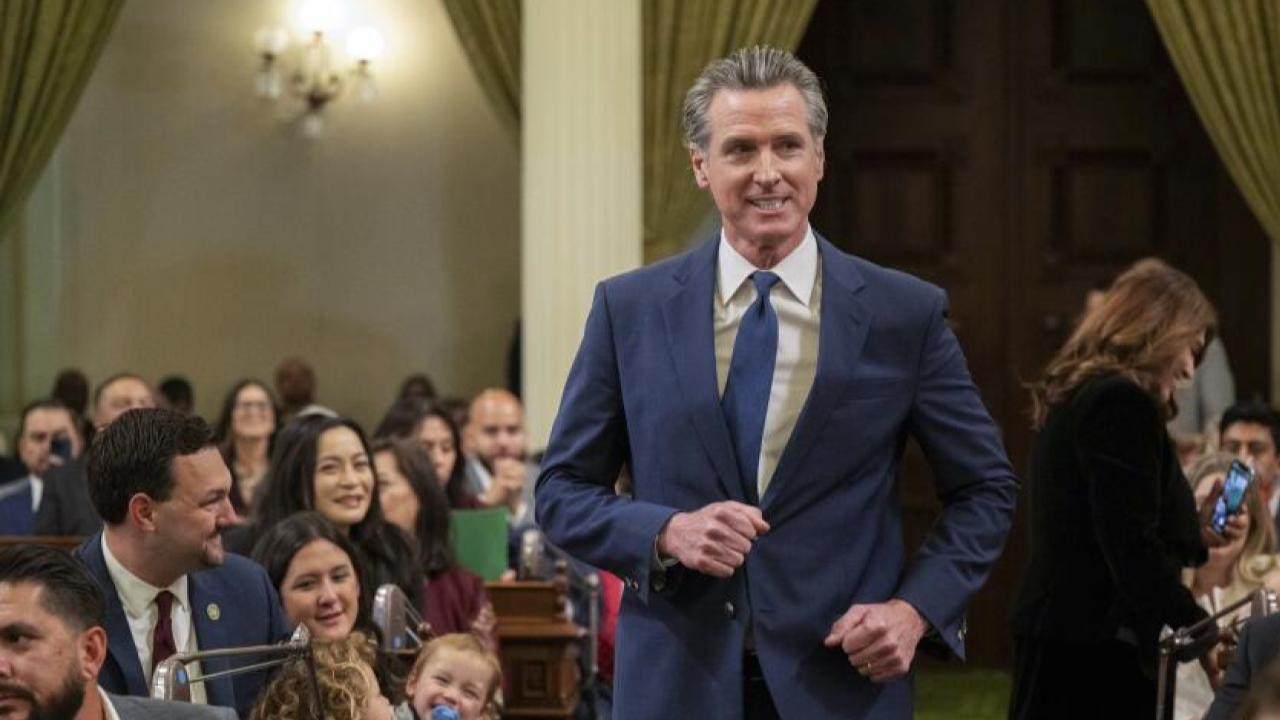When you hear “Pell Grant,” think of a lifeline. For over 6 million low-income students in the U.S., it’s what keeps the dream of college alive. But under a new proposal from former President Donald Trump, that lifeline could shrink dramatically. If the plan moves forward, the maximum Pell Grant would drop by nearly 23% in 2026–27—a cut that could leave countless students stranded.

Shatter the Dreams of Millions of Low-Income Students
| Takeaway | Stat |
|---|---|
| Maximum Pell Grant cut | $1,685 reduction |
| Total Pell awards reduction | 111,000 fewer awards |
| Overall program shortfall | $2.7 billion |
The Pell Grant program has long been the bedrock of access to higher education in America. Gutting it doesn’t just trim a budget line—it severs the ladder of opportunity for millions. Whether Congress will follow through remains to be seen, but the stakes? They couldn’t be higher.
What’s Changing in the Trump Proposal?
The plan, revealed in recent budget documents, proposes slashing the maximum Pell Grant from $7,395 to $5,710. That’s a steep drop for students whose families often earn less than $30,000 a year. The cuts don’t stop there:
- Elimination of FSEOG: The Federal Supplemental Educational Opportunity Grant program, which provides up to $4,000 extra per student annually, would be zeroed out.
- Work-Study Funding Gut: Federal Work-Study support could drop by 80%, leaving colleges and employers to pick up most of the tab.
These moves aim to correct a projected $2.7 billion funding shortfall in the Pell Grant program. According to the budget summary, Pell awards had been rising without matching revenue—creating what the Trump camp calls an “unsustainable” situation.
Who Gets Hurt?
It’s not just numbers on a spreadsheet. These changes would ripple across the country, especially in states with large populations of first-generation and low-income college students. Some 111,000 fewer Pell Grants could be awarded. And for those who still qualify, the reduced amount means many will be forced to:
- Take on more debt.
- Drop out or delay graduation.
- Work multiple jobs, stretching themselves thin.
As someone who relied on Pell Grants to finish undergrad, I can tell you: losing even a few thousand dollars would’ve meant quitting school. That money covered not just tuition but rent, books, and the occasional meal swipe. “The Pell Grant isn’t a luxury; it’s survival money,” says Maya Davis, a junior at Texas State University and a first-generation college student.
The Political Backdrop
Trump and Republican lawmakers argue that rising college costs are due in part to “unrestricted federal aid.” Their solution? Tie future Pell eligibility to minimum credit hours and eliminate support for part-time students—a move critics say would shrink the aid pool by $67 billion over a decade.
On the other side, Democrats, higher ed advocates, and civil rights groups are pushing back hard. Many call it the most aggressive rollback of federal education support in over 30 years.

A Historic U-Turn
Under President Biden, Pell Grants rose from $6,495 to $7,395—the largest increase in a decade. Slashing them now would mark the first decrease since 1993.
Reactions on the Ground
HBCUs and community colleges are bracing for impact. Students who work part-time or care for family members—often women and people of color—will be disproportionately affected. “This isn’t belt-tightening. It’s taking the belt and whipping students with it,” said Dr. Carla Greene, financial aid director at an HBCU in Georgia.
What’s Next?
The budget proposal heads to Congress, where the House majority appears to favor even tighter restrictions. However, resistance is mounting:
- Student groups are organizing protests.
- State leaders in blue states have vowed to create emergency funds.
- Legal challenges are being prepped by civil rights organizations.
What You Can Do
If you or someone you know is a Pell Grant recipient, now’s the time to:
- Contact your congressional reps.
- Share your story on social media.
- Join local or virtual advocacy events.






